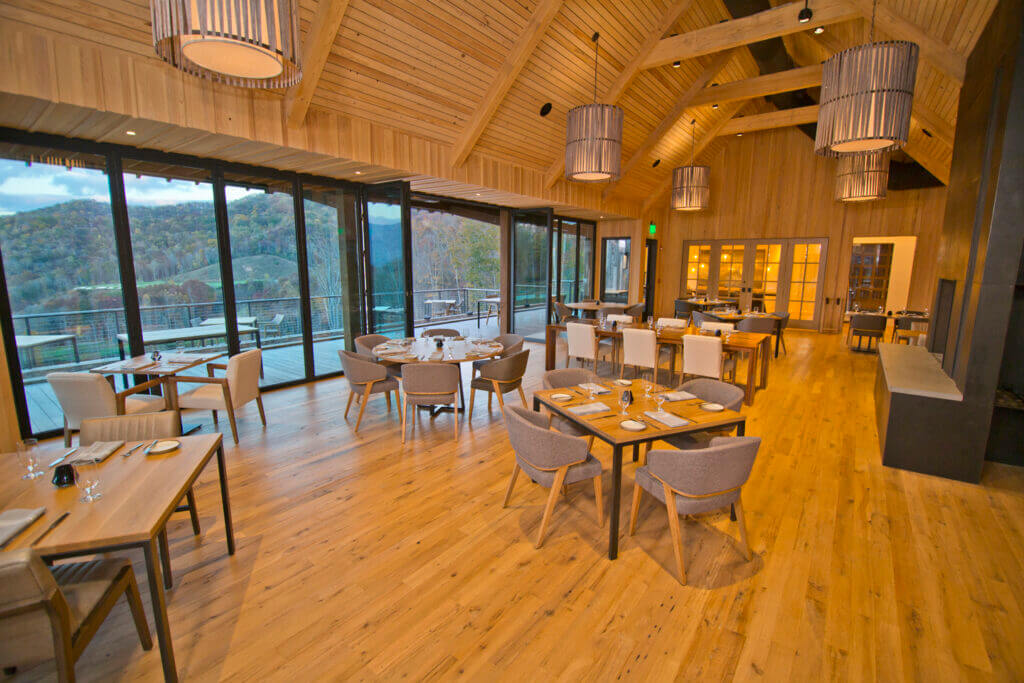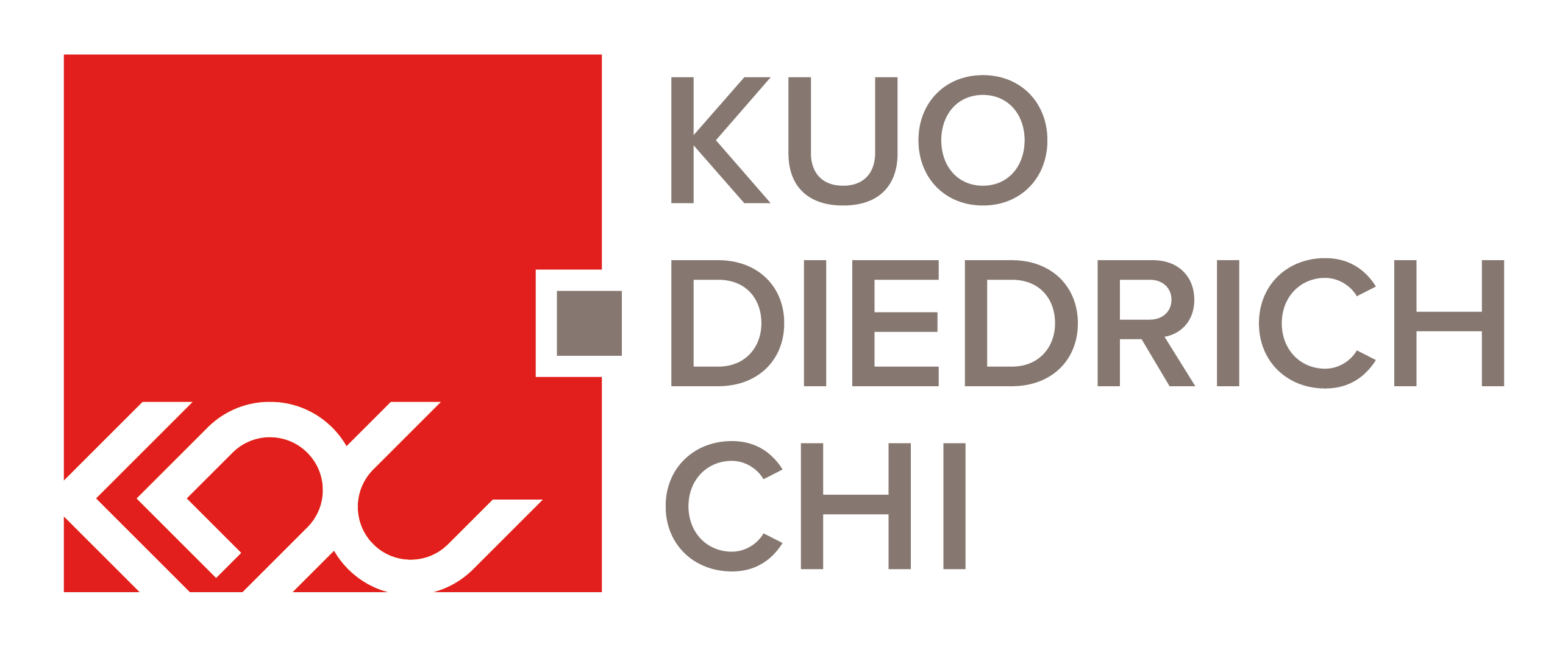
Kuo Diedrich Chi Architects has designed dozens of notable clubhouses in 20-plus years, but one of the more compelling assignments is Balsam Mountain Preserve, a completely reimagined private club community in Sylva, N.C. When Balsam Mountain was developed in the early 2000s, plans called for a signature Arnold Palmer-designed course in the picturesque Blue Ridge Mountains, equestrian center, pool/fitness center, and overall focus on conservation considering more than 3,000 of the 4,500-acres were set aside as conservation easement.
After Balsam Mountain fell into financial troubles several years ago and changed owners, the new group kept the eco-development mindset but embraced an entirely new vision for the club’s future amenities/lifestyle after consulting with KDC and land planner Vision Design Collaborative. Indeed, rather than borrowing yet another blueprint from traditional clubhouse design, KDC conceived a contrarian clubhouse design inspired by the property’s pristine mining history roots.
The innovative end result is a cluster of connected cottages and buildings called Doubletop Village that now serves as Balsam Mountain’s new “clubhouse” facility. As KDC co-founder Mark Diedrich describes it, the recently opened clubhouse amenity was one way in “de-clubbing” the look, feel, and style of the traditional private club setting, something Balsam Mountain’s new owners wanted as they moved forward in building out the low-density luxury community.
Case in point is the architecture of the facilities that reference the former 19th-century garnet mine. As such the buildings are arranged as rural industrial structures constructed over time and recently renovated for our purpose – all organized around outdoor spaces with striking views of the surrounding Double Top mountains and newly designed Palmer Practice Park that goes with the club’s championship layout.
Among the popular new creative clubhouse attractions are Summit House restaurant and the Mine Tavern, featuring indoor-outdoor spaces that open to a shared courtyard of natural landscape with an outdoor fireplace and regional craft beers on tap. If anything, Balsam Mountain epitomizes the future of clubhouse design, where integrated outdoor courtyards, terraces, and lawns effectively replace and become the “lobbies and corridors” of the traditional large clubhouse structures of old.
Says Diedrich: “In all climates, there’s an increasing desire to take advantage of outdoor spaces that can be programmed for all sorts of leisure activities and pursuits. We have to think about more than just the inside of the building these days.”
From the first time, Balsam Mountain Preserve’s new ownership group and design teams walked the site of the potential clubhouse for the existing Arnold Palmer golf course built prior to the financial crisis of 2008, there was an instant realization the ideal site for this new clubhouse and residential village was in fact the existing location of the practice range.
Consequently, in tandem with developing what would be a new clubhouse village concept, Balsam Mountain also decided to move the existing practice facility and create a cutting-edge new 6-hole short course and practice facility called Palmer Practice Park that is overlooked by the new clubhouse village.
The site overlooking the practice park, golf course, and the Blue Ridge Mountains beyond gave Kuo Diedrich Chi design the inspiration it needed for the clubhouse. To thoroughly enjoy the mountains, one has to appreciate the outdoors and focus on the views in tandem with the experience within.
To achieve this new sense of place, the KDC team “blew up” the clubhouse into multiple structures, leaving an outdoor courtyard of boulders, native plants and an outdoor fireplace in place of the traditional lobby. Around this courtyard are the other club components that efficiently serve the golf functions as well as provide attractive gathering spaces for members and guests.
To further enhance the viewscapes and spaces, these elements are scaled to allow them to expand and contract by opening and closing movable glass walls to the dining porch and indoor/outdoor bar. The first building houses the Summit House restaurant with its wine cellar and tasting room, and the General Store, which functions as the pro shop.
Meanwhile, the second structure houses the Mine Tavern bar, administration, and locker rooms. Together these spaces have become the new center of energy for the club community, places where resident members can enjoy an entire day from reading the paper over a cup of espresso from the General Store to post-dinner fireside cocktails in the courtyard outside the Summit House. The facility is a wonderful example of how less is more when it comes to right-sizing a clubhouse and taking advantage of the environment.
